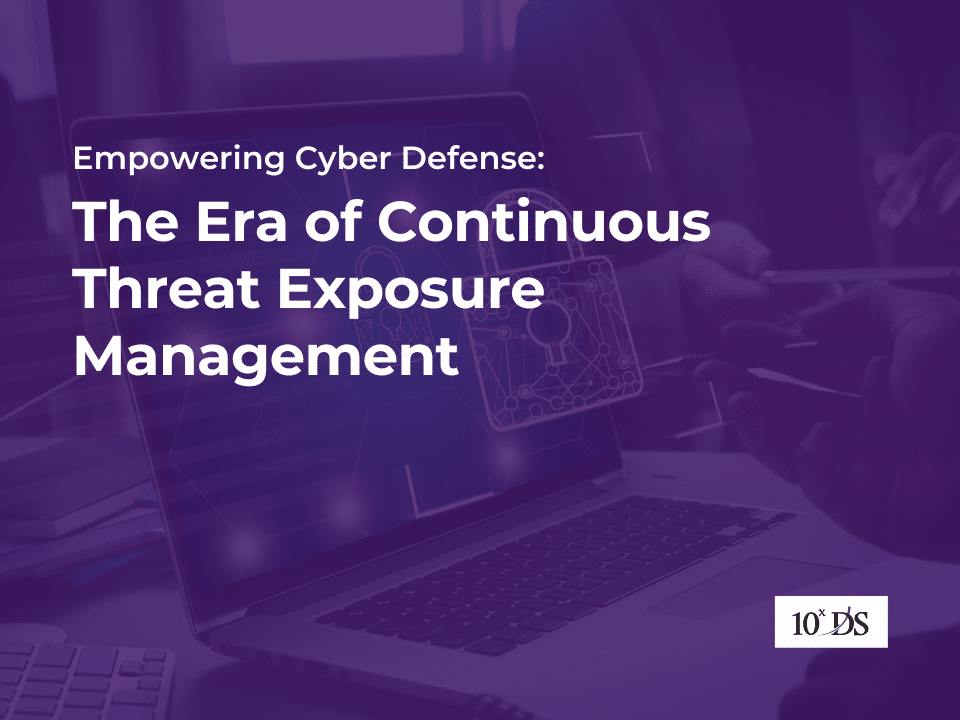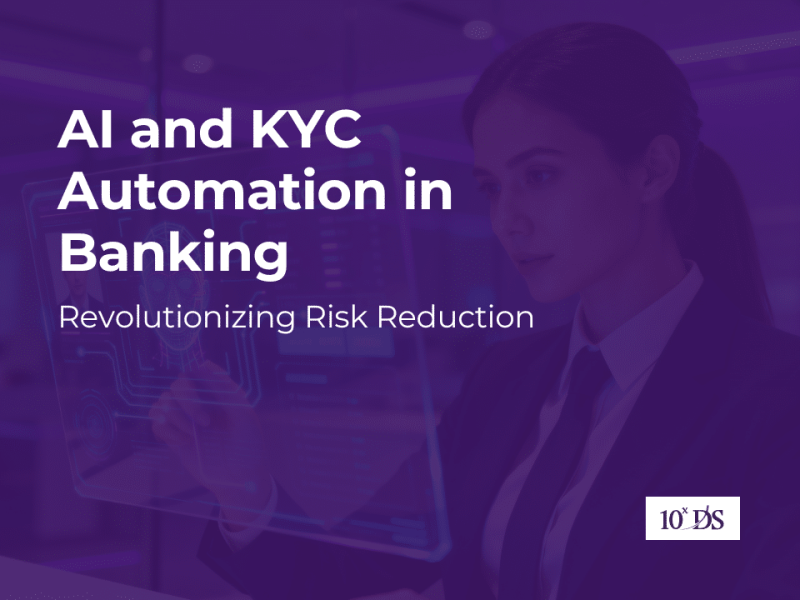
Empowering Cyber Defense: The Era of Continuous Threat Exposure Management
Traditional approaches to cybersecurity focus on tackling certain events, but such tactical approaches rarely reduce future exposures. This is because traditional vulnerability management programs are often tool-centric and produce a lengthy list of generic remediations that are far from actionable. Due to this, cybersecurity efforts do not yield the benefits in spite of heavy investments. The approach needed is to identify and prioritize the most significant threats to their business and take proactive measures to mitigate them. Continuous Threat Exposure Management (CTEM) is a proactive approach to cybersecurity that enables organizations to continually evaluate the accessibility, exposure, and exploitability of their digital and physical assets. It leverages attack simulations to identify and mitigate threats to an organization’s networks and systems. Gartner predicts that by 2026, organizations that prioritize their security investments based on a continuous exposure management program will be 3x less likely to suffer a breach. The CTEM process consists of five stages that provide a cyclical and comprehensive approach to managing cybersecurity risks.
Scoping
Organizations analyze “attack surface,” encompassing vulnerable entry points and assets beyond traditional vulnerability management programs. This includes not only devices and applications but also intangible elements like corporate social media accounts, online code repositories, and integrated supply chain systems. External attack surface and SaaS security posture need to be considered to establish a comprehensive CTEM strategy, addressing external threats and SaaS ecosystem vulnerabilities. This proactive approach strengthens cybersecurity resilience, crucial in navigating today’s evolving digital landscape.
Discovery
In this stage, the organization identifies all the assets and vulnerabilities related to the defined scope. This includes identifying all the hardware, software, and data that need to be protected, as well as the potential vulnerabilities that could be exploited by attackers for each of these assets.
Prioritization
In this stage, the organization prioritizes threats based on their potential impact to the business and likelihood of occurrence. This includes evaluating the severity and potential damage of each threat and allocating resources toward the most significant risks. The prioritization should happen based on several factors to identify high-value assets and devise a treatment plan that targets them effectively.
- Urgency: Addressing issues with immediate impact or potential harm.
- Security: Evaluating the severity of security threats.
- Availability of Compensating Controls: Assessing the existence of alternative security measures.
- Tolerance for Residual Attack Surface: Considering the organization’s capacity to manage remaining vulnerabilities.
- Level of Risk: Determining the extent of risk to the organization.
Validation
In this stage, the organization validates the effectiveness of the security controls and remediation efforts. This includes testing the security controls to ensure they are working as intended and verifying that the remediation efforts have been successful.
Mobilization
In this stage, the organization mobilizes to implement the remediation plan. This includes implementing the necessary security controls to mitigate the identified risks and ensuring that the organization is prepared to respond to future threats.
While there are many tools that offer some or most part of the CTEM approach, if it is not in the organization’s strategy and commitment, it will not be useful holistically. Continuous Threat Exposure Management (CTEM) offers several benefits to organizations:
- Proactive risk management: CTEM enables organizations to proactively address vulnerabilities and threats by continuously scanning and monitoring their digital infrastructure.
- Prioritization of threats: CTEM helps organizations prioritize threats based on their potential impact to the business and likelihood of occurrence.
- Enhanced cyber resilience: CTEM enables organizations to continuously reassess and improve their defenses.
- Alignment of security strategies with business objectives: CTEM helps organizations align their security strategies with their business objectives.
- Promotion of collaboration: CTEM promotes collaboration between security teams and other departments.
By embracing the CTEM program, organizations can stay ahead of evolving threats and effectively prioritize potential threats and corresponding remediation efforts, particularly in the face of a rapidly expanding attack surface.
CTEM represents a pivotal shift in cybersecurity strategy, moving away from reactive measures toward proactive and adaptive defense mechanisms. By continuously monitoring, analyzing, and mitigating threats in real time, organizations can significantly reduce their risk exposure and bolster their overall security posture. CTEM empowers businesses to stay one step ahead of cyber adversaries by leveraging advanced technologies such as AI, machine learning, and automation. Embracing CTEM not only enhances incident response capabilities but also fosters a culture of resilience and readiness in the face of evolving cyber threats. As the digital landscape continues to evolve, implementing a robust CTEM framework becomes imperative for organizations striving to safeguard their critical assets and maintain trust with stakeholders.
Talk to our Experts to learn more.


